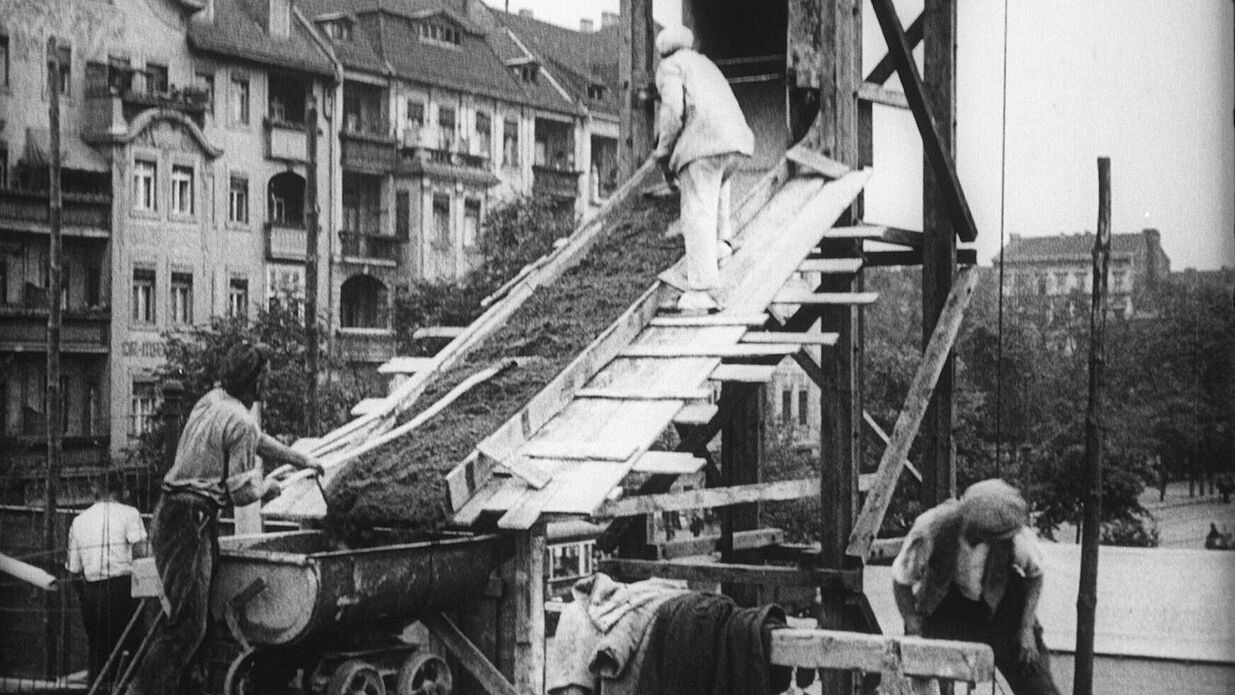Chaos & Awakening
Berlin 1920|2020

In 1920, Berlin's population doubled overnight. The incorporation of neighboring, previously independent cities and municipalities created the second largest city in the world in terms of area. With now 20 districts, the municipality strove to even out the great financial and social imbalances between the sometimes very different parts of the city. A "policy for all" aimed to provide people living in the city with a minimum standard of education, health, housing and recreation. In addition, unified transportation and urban planning were finally possible. The Greater Berlin Act became the basis for the city of today - for the metropolis of Berlin.
To mark this occasion, the Stadtmuseum Berlin is presenting the exhibition Chaos & Awakening - Berlin 1920I2020 at the Märkisches Museum. Looking at Berlin's past and present, it explores the question of how a constructive awakening can be shaped from a chaotic upheaval: How can big cities succeed? The series, curated by Christine Kisorsy, lets us discover the new Greater Berlin from different perspectives in a combination of documentary and feature films between 1920 and 1932.